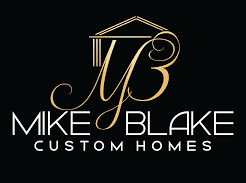Curiosity and Questions
New homeowners naturally have a curiosity and questions when building a custom home. To prevent surprises and delays get your answers from the top.
There are many things homeowners can do to keep their building project running smoothly. Number one is to make all product choices in a timely manner, but another key action is to direct all change requests, curiosities and questions, no matter how small, to the builder.
It can be tempting to ask workers to make small changes, but doing so can create stress and misunderstanding. For example, a homeowner may ask an electrician to move the junction box for a wall sconce a few inches to one side. This request sounds simple, right? Perhaps, but the electrician may have to ask the framing carpenter to add blocking at the new location, or to move a wall stud that’s now in the way. The problem is not the change itself but the ripple effect. The fact that the framer has to bill the builder for the additional time and materials. If the builder passes this to the homeowners, they could see it as an extra charge they hadn’t agreed to.
Another example is the homeowners who ask the kitchen designer rather than the builder to change the kitchen tile. If the builder is the one responsible for ordering this item but doesn’t get the information in time, the wrong tile might show up. Going directly to the builder with each change request ensures that the homeowners learn the cost ahead of time, so they can decide whether that cost is worth it.
So it is clear why change orders should go to the top, but why can’t the homeowner just ask tradespeople informational questions? The answer is that these subcontractors may not have all the facts. Say the homeowner wants a different type of showerhead, but before approaching the builder casually asks the plumber how much that model usually costs. The plumber may give a ballpark cost without knowing all the other variables, creating an unrealistic expectation in the homeowner’s mind. It’s best to go to the builder, who will contact the supplier (or send the homeowner to the plumbing showroom) and then apply all markups and discounts.
A custom home has a lot of moving parts and keeping them all moving in the same direction is easier with one person at the wheel. That’s why it’s crucial to use the builder as the primary contact. Doing so ensures a happier experience for everyone.
